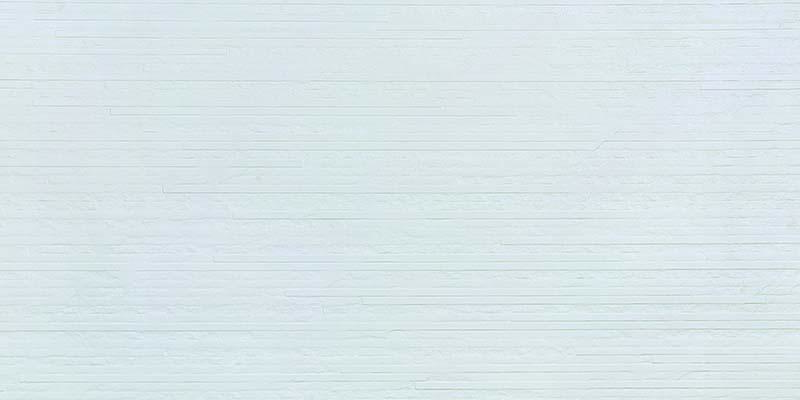
Humidity is the amount of water vapor in the air. The ideal humidity for the home is around 40 to 50 percent, which is high enough to prevent things from drying out but low enough to prevent damage and mold growth.
High humidity in the home can cause serious problems with your flooring. If you live in a humid location, choosing the right high humidity flooring option is essential for protecting your investment and enjoying beautiful-looking floors.
high humidity flooring
High humidity–and rapid changes in humidity–can cause flooring materials to expand and contract, which may lead to gaps where the flooring joins together. Floors can also warp, buckle, crown, cup, or discolor in high humidity. And if you don’t have the proper underlayment beneath your floor, the subfloor can also become compromised. Mold and mildew growth on and beneath the flooring can become a problem if your home humidity is too high.
Ideally, if you have high humidity, you should choose a flooring material that can withstand the humidity without becoming damaged or discolored. This includes choosing appropriate flooring for wet areas, such as the bathroom or basement.

Vinyl flooring is waterproof and won’t expand and contract with changes in temperature or moisture. Made from PVC that’s topped with an extremely high-resolution photograph of wood, stone, or another material, luxury vinyl flooring mimics these materials very convincingly. The final wear layer is scratch- and dent-resistant for optimal durability, and it won’t grow mold or mildew. Luxury vinyl planks snap together to create a floating floor over the existing floor, making installation a fairly straightforward DIY project.
Engineered hardwood flooring consists of multiple layers of pressed materials that are finished with a thin layer of real wood veneer. The materials used to make engineered hardwood are moisture-resistant, and the layers are pressed together with their grains alternating directions, which results in less expansion, contraction, and warping than natural hardwood.
Engineered hardwood is more stable than solid wood and is ideal in environments where the humidity exceeds 50 percent. It’s also less expensive than solid wood floors, but it can’t be sanded down and refinished like solid hardwood floors can.
High-pressure laminate flooring is excellent for high humidity applications, because it’s made with a special glue that reduces the absorption of moisture. Laminate flooring is inexpensive, comprised of wood composites that are pressed together for high strength and water resistance. Although it’s not waterproof, high-pressure laminate flooring experiences little expansion and contraction related to moisture.
Like luxury vinyl flooring, laminate floors are topped with a high-resolution photograph that gives it a vivid, lifelike appearance that mimics wood, stone, tile, and other materials. High-pressure laminate floors can be installed as a floating floor over an existing floor.
Porcelain tile flooring is highly water-resistant, and it’s durable and easy to clean. Porcelain tile is ideal for humid areas like the bathroom and basement. It’s ideal for humid climates, since it helps keep your rooms cool and it won’t grow mold or mildew.
In humid locations, the grout between porcelain tiles needs to be sealed periodically to strengthen its water resistance, since grout is naturally porous.
The subfloor, or the surface over which your flooring material is laid, can also be affected by high humidity. This, in turn, can affect the floor on top. Before you lay your floor, install an underlayment, which covers imperfections in the subfloor, dampens sound, and acts as a vapor barrier.
The type of underlayment you need depends on the type of flooring you’re installing and the type of subfloor you have. For example, laying tile over concrete requires a different underlayment than laying luxury vinyl planks over a plywood subfloor.
high humidity flooring
In general, gray floor tile require a solid underlayment, such as cement board or a polyethylene membrane. Foam underlayment is generally ideal for laminate and engineered hardwood flooring, although laminate flooring often has an underlayment pre-attached. A combination foam underlayment is made with a moisture barrier built in and is ideal for humid locations.
When choosing underlayment for your high-humidity flooring, refer to the manufacturer’s recommendations for the best possible results.
A hygrometer is a simple tool that measures the temperature and relative humidity in your home. Investing in one enables you to monitor the humidity in your home and take action when the humidity rises too high or falls too low.
If you live in a very humid climate, a whole-house dehumidifier can help keep your home’s humidity at optimal levels. A whole-house dehumidifier is built into your HVAC system and pulls moisture from the air that moves through. Portable dehumidifiers can also help keep your home drier. However, portable units are louder and require frequent emptying, and they only dehumidify nearby air.
Your best defense against flooring problems caused by high humidity is to install a floor that can withstand moist air. Whether you choose engineered hardwood, luxury vinyl, high-pressure laminate, or ceramic tile, opting for high-quality flooring, installing an appropriate underlayment, and using the right tools and materials will help ensure your floor still looks great years down the road.
Copyright © 2021 Guangzhou Weyes Network Technology Co., Ltd. | All Rights Reserved